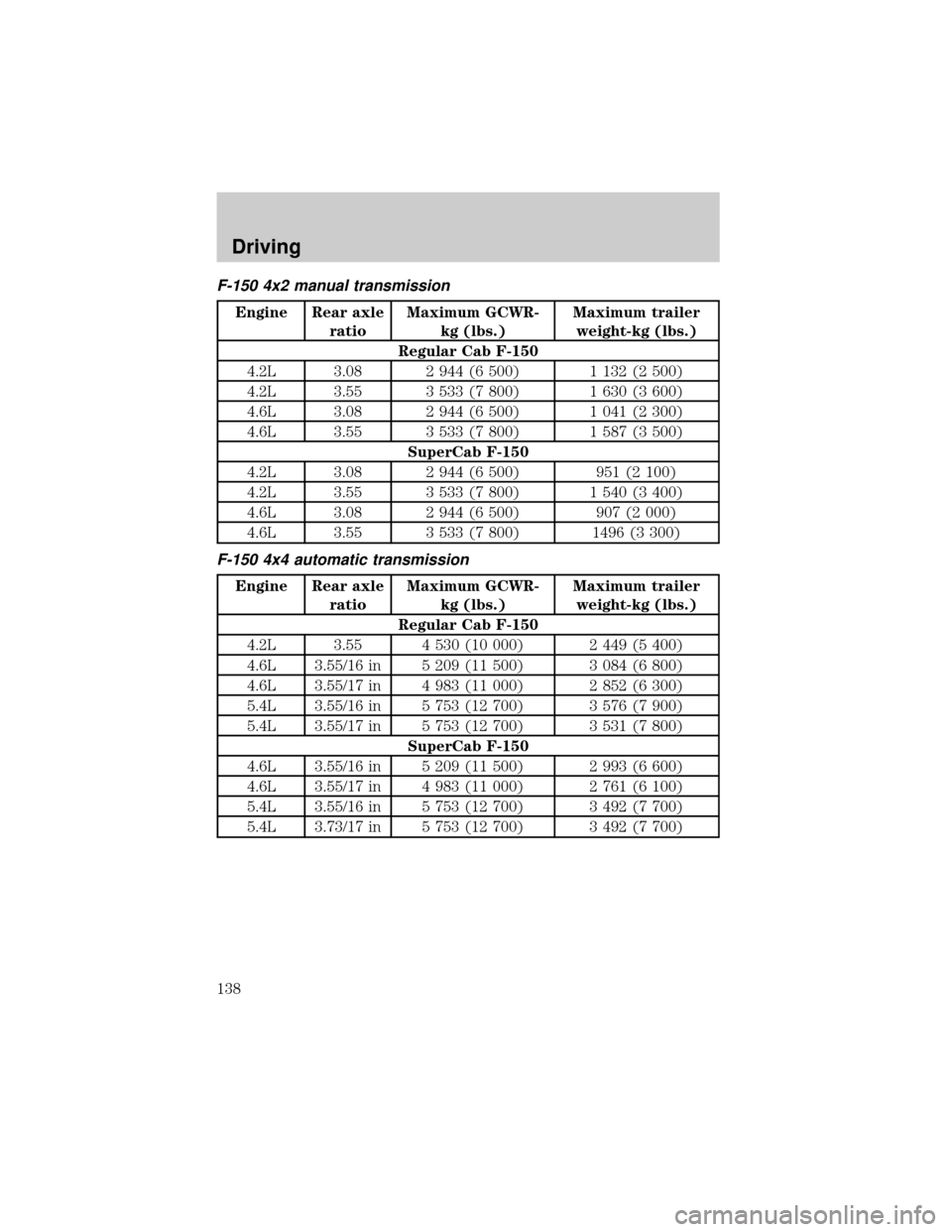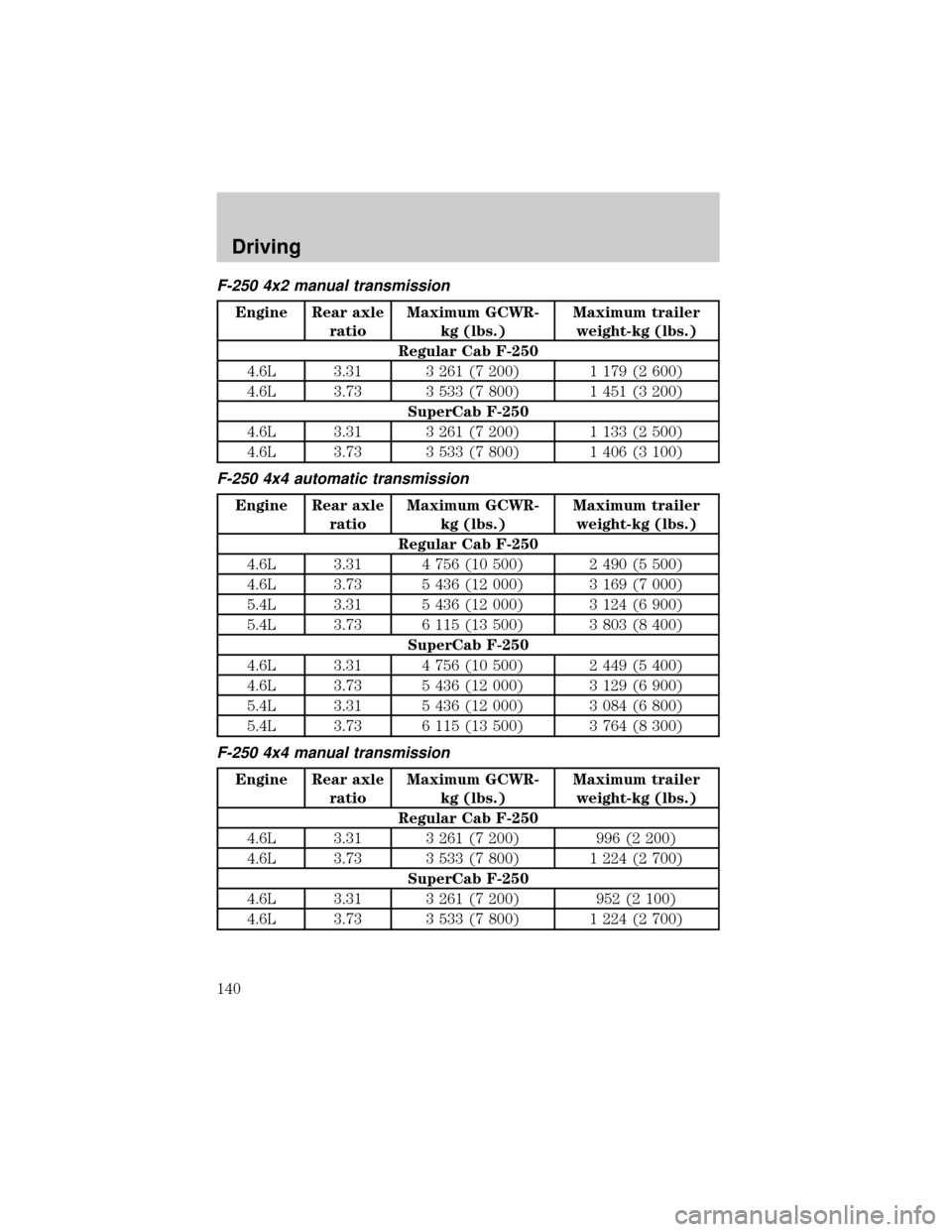Page 111 of 232
2. Make sure the headlamps and vehicle accessories are off.
If starting a vehicle with an automatic transmission:
²Make sure the parking brake is
set.
²Make sure the gearshift is in P (Park).
If starting a vehicle with a manual transmission:
²Make sure the parking brake is set.
²Push the clutch pedal to the
floor.
BRAKE
HOOD
Starting
111
Page 117 of 232
Parking brake
Apply the parking brake whenever
the vehicle is parked. To set the
parking brake, press the parking
brake pedal down until the pedal
stops.
The BRAKE warning lamp in the
instrument cluster illuminates and
remains illuminated (when the
ignition is turned ON) until the
parking brake is released.
Always set the parking brake fully and make sure that the
gearshift is securely latched in P (Park) (automatic
transmission) or in 1 (First) (manual transmission).
The parking brake is not recommended to stop a moving vehicle.
However, if the normal brakes fail, the parking brake can be used to stop
your vehicle in an emergency. Since the parking brake applies only the
rear brakes, the vehicle's stopping distance will increase greatly and the
handling of your vehicle will be adversely affected.
BRAKE
HOOD
!
BRAKE
Driving
117
Page 123 of 232
2 (Second)
Use 2 (Second) to start-up on
slippery roads or to provide
additional engine braking on
downgrades.
1 (First)
Use 1 (Low) to provide maximum
engine braking on steep
downgrades. Upshifts can be made
by shifting to 2 (Second) or to
(Overdrive). Selecting 1 (Low)
at higher speeds causes the transmission to shift to a lower gear, and will
shift to 1 (Low) after vehicle decelerates to the proper speed.
MANUAL TRANSMISSION OPERATION (IF EQUIPPED)
Using the clutch
Vehicles equipped with a manual transmission have a starter interlock
that prevents cranking the engine unless the clutch pedal is fully
depressed.
When starting a vehicle with a manual transmission, you must:
1. Put gearshift in N (Neutral).
2. Hold down brake pedal.
3. Depress clutch pedal.
1
24R3D
Driving
123
Page 129 of 232
N (Neutral)± No power to either axle.
4L (4WD Low)± Power to front and rear axles at reduced speed.
Shifting from 2H (2WD high) to 4H (4WD high)
Move the transfer case lever to 4H
(4WD High) at a stop or any
forward speed up to 88 km/h
(55 mph).
²At temperatures below 0ÉC
(32ÉF), shifts from 2H (2WD
High) to 4H (4WD High) should
not be performed above 72 km/h
(45 mph).
²Do not shift into 4H (4WD High) with the rear wheels slipping.
Shifting from 4H (4WD high) to 2H (2WD high)
Move the transfer case lever to 2H
(2WD High) at a stop or any
forward speed up to 88 km/h
(55 mph).
Shifting from 4H (4WD high) to 4L (4WD low)
1. Bring the vehicle to a complete stop.
2. Depress the brake.
3. Place the gearshift lever in N (Neutral) (automatic transmission) or
depress the clutch (manual transmission).
4. Move the transfer case shift lever
through N (Neutral) directly to 4L
(4WD Low).
2H
4H
4L N
2H
4H
4L N
2H
4H
4L N
Driving
129
Page 131 of 232
Shifting from 4H (4WD high) to 2H (2WD high)
Move the 4WD control to 2H at any
forward speed.
Shifting between 4H (4WD high) and 4L (4WD low)
1. Bring the vehicle to a stop.
2. Depress the brake.
3. Place the gearshift in N (Neutral) (automatic transmission) or depress
the clutch (manual transmission).
4. Move the 4WD control to the 4H
or 4L position.
Driving off-road with 4WD
Your vehicle is specially equipped for driving on sand, snow, mud and
rough terrain and has operating characteristics that are somewhat
different from conventional vehicles, both on and off the road.
Maintain steering wheel control at all times, especially in rough terrain.
Since sudden changes in terrain can result in abrupt steering wheel
motion, make sure you grip the steering wheel from the outside. Do not
grip the spokes.
Drive cautiously to avoid vehicle damage from concealed objects such as
rocks and stumps.
4H
2H
4L
4H
2H
4L
Driving
131
Page 138 of 232

F-150 4x2 manual transmission
Engine Rear axle
ratioMaximum GCWR-
kg (lbs.)Maximum trailer
weight-kg (lbs.)
Regular Cab F-150
4.2L 3.08 2 944 (6 500) 1 132 (2 500)
4.2L 3.55 3 533 (7 800) 1 630 (3 600)
4.6L 3.08 2 944 (6 500) 1 041 (2 300)
4.6L 3.55 3 533 (7 800) 1 587 (3 500)
SuperCab F-150
4.2L 3.08 2 944 (6 500) 951 (2 100)
4.2L 3.55 3 533 (7 800) 1 540 (3 400)
4.6L 3.08 2 944 (6 500) 907 (2 000)
4.6L 3.55 3 533 (7 800) 1496 (3 300)
F-150 4x4 automatic transmission
Engine Rear axle
ratioMaximum GCWR-
kg (lbs.)Maximum trailer
weight-kg (lbs.)
Regular Cab F-150
4.2L 3.55 4 530 (10 000) 2 449 (5 400)
4.6L 3.55/16 in 5 209 (11 500) 3 084 (6 800)
4.6L 3.55/17 in 4 983 (11 000) 2 852 (6 300)
5.4L 3.55/16 in 5 753 (12 700) 3 576 (7 900)
5.4L 3.55/17 in 5 753 (12 700) 3 531 (7 800)
SuperCab F-150
4.6L 3.55/16 in 5 209 (11 500) 2 993 (6 600)
4.6L 3.55/17 in 4 983 (11 000) 2 761 (6 100)
5.4L 3.55/16 in 5 753 (12 700) 3 492 (7 700)
5.4L 3.73/17 in 5 753 (12 700) 3 492 (7 700)
Driving
138
Page 139 of 232
F-150 4x4 manual transmission
Trailer towing table (F-150 4x4 manual transmission)
Engine Rear axle
ratioMaximum GCWR-
kg (lbs.)Maximum trailer
weight-kg (lbs.)
Regular Cab F-150
4.2L 3.31 2 944 (6 500) 861 (1 900)
4.2L 3.55 3 533 (7 800) 1 451 (3 200)
4.6L 3.08 2 944 (6 500) 816 (1 800)
4.6L 3.55 3 533 (7 800) 1 406 (3 100)
SuperCab F-150
4.6L 3.08 2 944 (6 500) 771 (1 700)
4.6L 3.55 3 533 (7 800) 1 360 (3 000)
F-250 4x2 automatic transmission
Engine Rear axle
ratioMaximum GCWR-
kg (lbs.)Maximum trailer
weight-kg (lbs.)
Regular Cab F-250
4.6L 3.31 4 756 (10 500) 2 671 (5 900)
4.6L 3.73 5 436 (12 000) 3 350 (7 400)
5.4L 3.31 5 436 (12 000) 3 305 (7 300)
5.4L 3.73 6 115 (13 500) 3 938 (8 700)
SuperCab F-250
4.6L 3.31 4 756 (10 500) 2 625 (5 800)
4.6L 3.73 5 436 (12 000) 3 305 (7 300)
5.4L 3.31 5 436 (12 000) 3 259 (7 200)
5.4L 3.73 6 115 (13 500) 3 938 (8 700)
Driving
139
Page 140 of 232

F-250 4x2 manual transmission
Engine Rear axle
ratioMaximum GCWR-
kg (lbs.)Maximum trailer
weight-kg (lbs.)
Regular Cab F-250
4.6L 3.31 3 261 (7 200) 1 179 (2 600)
4.6L 3.73 3 533 (7 800) 1 451 (3 200)
SuperCab F-250
4.6L 3.31 3 261 (7 200) 1 133 (2 500)
4.6L 3.73 3 533 (7 800) 1 406 (3 100)
F-250 4x4 automatic transmission
Engine Rear axle
ratioMaximum GCWR-
kg (lbs.)Maximum trailer
weight-kg (lbs.)
Regular Cab F-250
4.6L 3.31 4 756 (10 500) 2 490 (5 500)
4.6L 3.73 5 436 (12 000) 3 169 (7 000)
5.4L 3.31 5 436 (12 000) 3 124 (6 900)
5.4L 3.73 6 115 (13 500) 3 803 (8 400)
SuperCab F-250
4.6L 3.31 4 756 (10 500) 2 449 (5 400)
4.6L 3.73 5 436 (12 000) 3 129 (6 900)
5.4L 3.31 5 436 (12 000) 3 084 (6 800)
5.4L 3.73 6 115 (13 500) 3 764 (8 300)
F-250 4x4 manual transmission
Engine Rear axle
ratioMaximum GCWR-
kg (lbs.)Maximum trailer
weight-kg (lbs.)
Regular Cab F-250
4.6L 3.31 3 261 (7 200) 996 (2 200)
4.6L 3.73 3 533 (7 800) 1 224 (2 700)
SuperCab F-250
4.6L 3.31 3 261 (7 200) 952 (2 100)
4.6L 3.73 3 533 (7 800) 1 224 (2 700)
Driving
140